What to Expect During Your Roof Inspection
Are you noticing signs of a roof leak? Do your shingles look a little worse for wear? Don’t panic! We’re here to help.
Roofs are often a lot more complex than they seem when you look at them from the ground. At first glance, you may think all a roof is made of is a bunch of shingles nailed to the top of the house.
While in a few very rare, and probably not very sturdy cases, that may be true, the majority of roofs have a lot more going on than just shingles and wood frames. We’ve talked about things like flashing, decking, and starter shingles before, and today, we’re going over ice and water shield, another critical component of a correctly installed roofing system.
In today’s blog, you’re going to learn:
Let’s get started!
Ice and water shield is a waterproof, rubberized membrane that sticks to sensitive areas of your roof, reinforcing them against leaks caused by heavy storms, wind-driven rain, and ice dams. There are three main types of ice and water shield: granular surface, smooth surface, and high heat. These types are used in different applications based on where the home is located, and home steep of a roof it is.
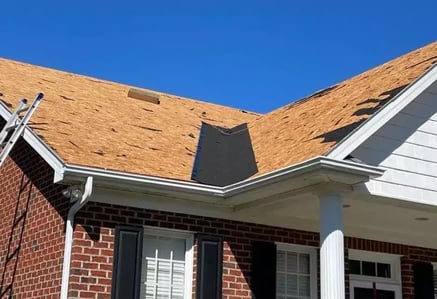
The major reason that you would want something like this on your roof, is to prevent water from getting underneath your roof’s shingles, and into your decking, which in turn extends the life of your decking by stopping it from sustaining water damage and rotting.
We’ll talk a bit more about how and where to install ice and water shield later in this blog, but they are most commonly installed around the edge of the roof, in valleys, and around penetrations and walls.
Depending on where you live, your government code may not require ice and water shield to be installed on new roofs. In many areas of the northern United States, where snow and ice are much more common, ice and water shield are required, but in much of the south, where snow is less frequent, they aren’t required, and therefore aren’t used as much. That being said, it’s still very useful, and important to have in a place like here in North Carolina, where we still get a solid, potentially damaging snow once or twice a year.
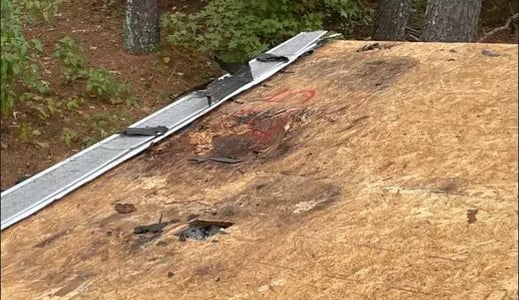
Even if that kind of weather only comes occasionally, it can create serious issues like ice dams, which are clumps of ice formed at the edge of a roof, when snow melts and run downs the roof before refreezing. These dams are so dangerous because of how they trap water underneath, wearing down the shingles, and creating more opportunities for leaks to occur.
Ice and water shield is most frequently installed in areas like eaves, rakes, valleys, and penetrations. If you aren’t sure what all that means, eaves are the horizontal, lower edges of your roof, rakes are the diagonal edge of a gable, valleys are where two surfaces meet and face inward, and penetrations are where other objects like pipes or chimneys come through the roof.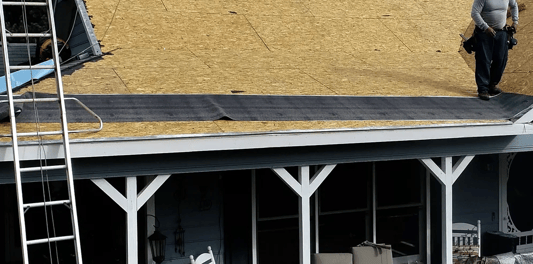
Ice and water shield also will likely be installed over the entirety of the roof if the roof has a particularly low pitch, or if the house is in an area where ice dams and wind-driven rain are very severe or frequent.
As far as when ice and water shield is installed during the roof replacement process, it needs to come after drip edge is installed on the eaves of the roof, but before any other underlayment or flashing are installed. Ice and water shield usually does not require any nails or staples to be installed, as most products have a self-adhesive on the reverse side, like a roll of protective tape.
There are three major types of ice and water shield available on the market today, each with their own unique construction, and uses.
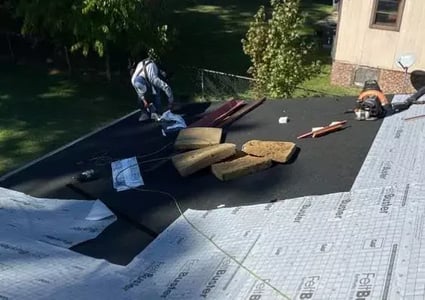
The first, and most commonly used version of ice and water shield, is granular ice and water shield. Its top layer has a similar construction to that of starter shingles, but the membrane will reseal around any nails that are stuck through it when materials like underlayment and shingles are installed on top. This is the thinnest of the three types of ice and water shield, but is a great option for steeper roofs in more mild climates looking for that extra layer of protection behind the shingles and underlayment.
Next up is smooth surface ice and water shield, which is most frequently used on low slope roofs where the pitch is between 2:12 and 4:12. This kind of material is also made of that asphalt membrane, but has a sturdier construction so it can handle the increased likelihood of snow/water buildup on the flatter roof.
The third kind is known as high heat ice and water shield, as it is designed for use underneath metal roofs. Metal roofs expand and contract as they heat up and cool down, which can cause problems when not using materials specially designed to work with them. High heat ice and water shield is made using a cotton-like fiber that would not stick to the metal in the same way an ice and water shield made with asphalt would, allowing it to live out its full life.
The best ice and water shield for you really depends on your circumstance. If you live in a much snowier environment with a low-slope roof, you’ll want a smooth surface ice and water shield, but you may want a granular ice and water shield with a steeper roof in a more mild climate.
After reading more about ice and water shield, hopefully you’re starting to take another step forward in learning about your roofing project.
If you haven’t yet, check out our blog on the other materials that are included in a roof replacement!
On Tops Roofing has been replacing and repairing roofs in the Raleigh area for over 30 years, so we’ve seen and experienced just about everything there is to see and experience in the roofing industry! Whatever your roofing project looks like, We're on it!
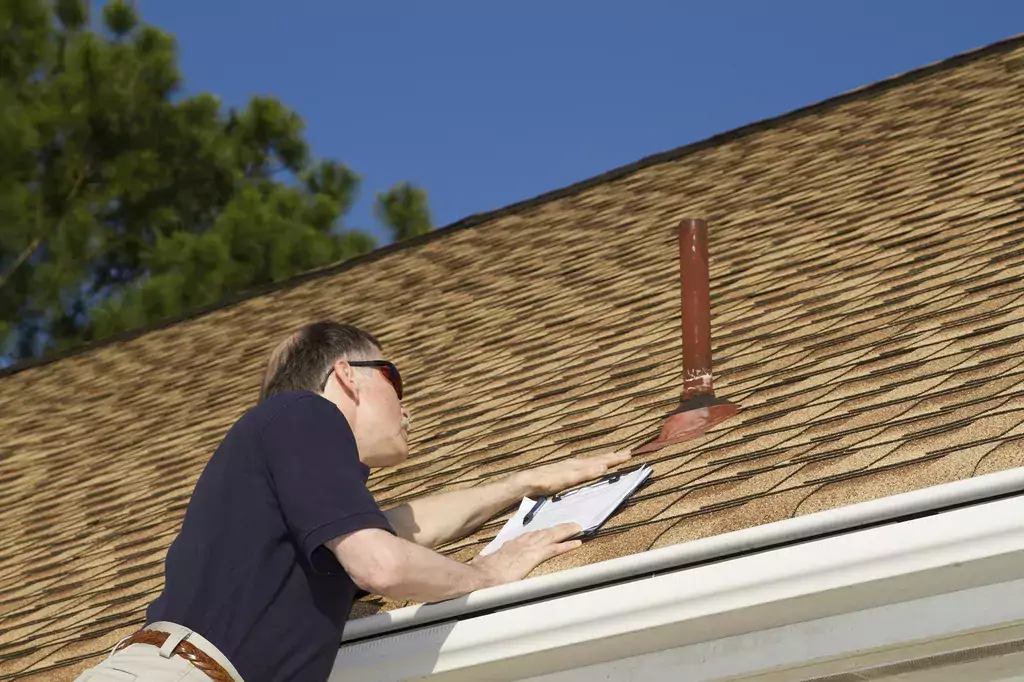
Are you noticing signs of a roof leak? Do your shingles look a little worse for wear? Don’t panic! We’re here to help.

When it comes time for a roof replacement, the number one thing most homeowners are concerned about is price. The shingles you choose for your new...
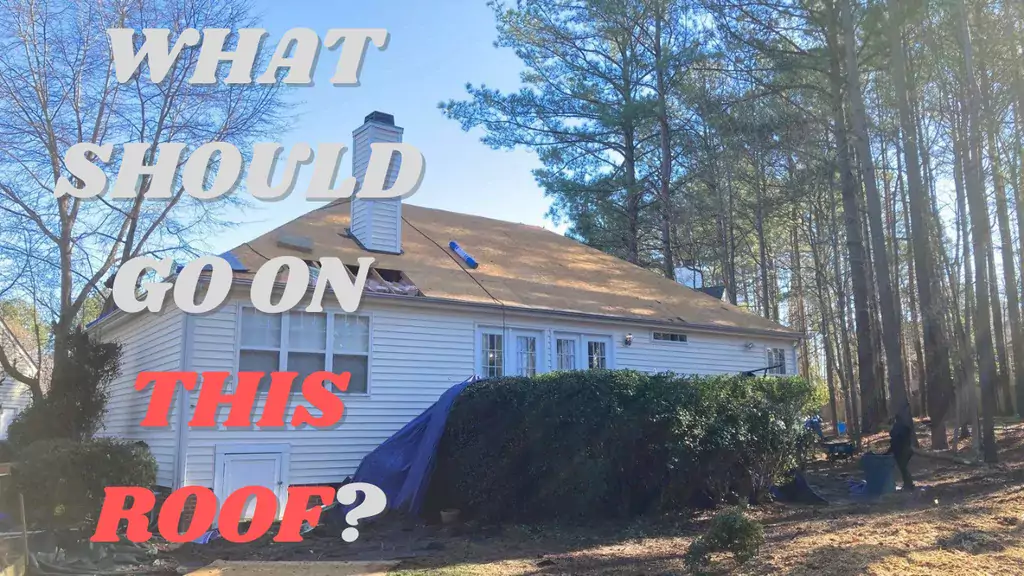
If you’ve already gotten underway in thinking about what you need to do for your roofing project, (and you’ve decided on getting a roof replacement)...